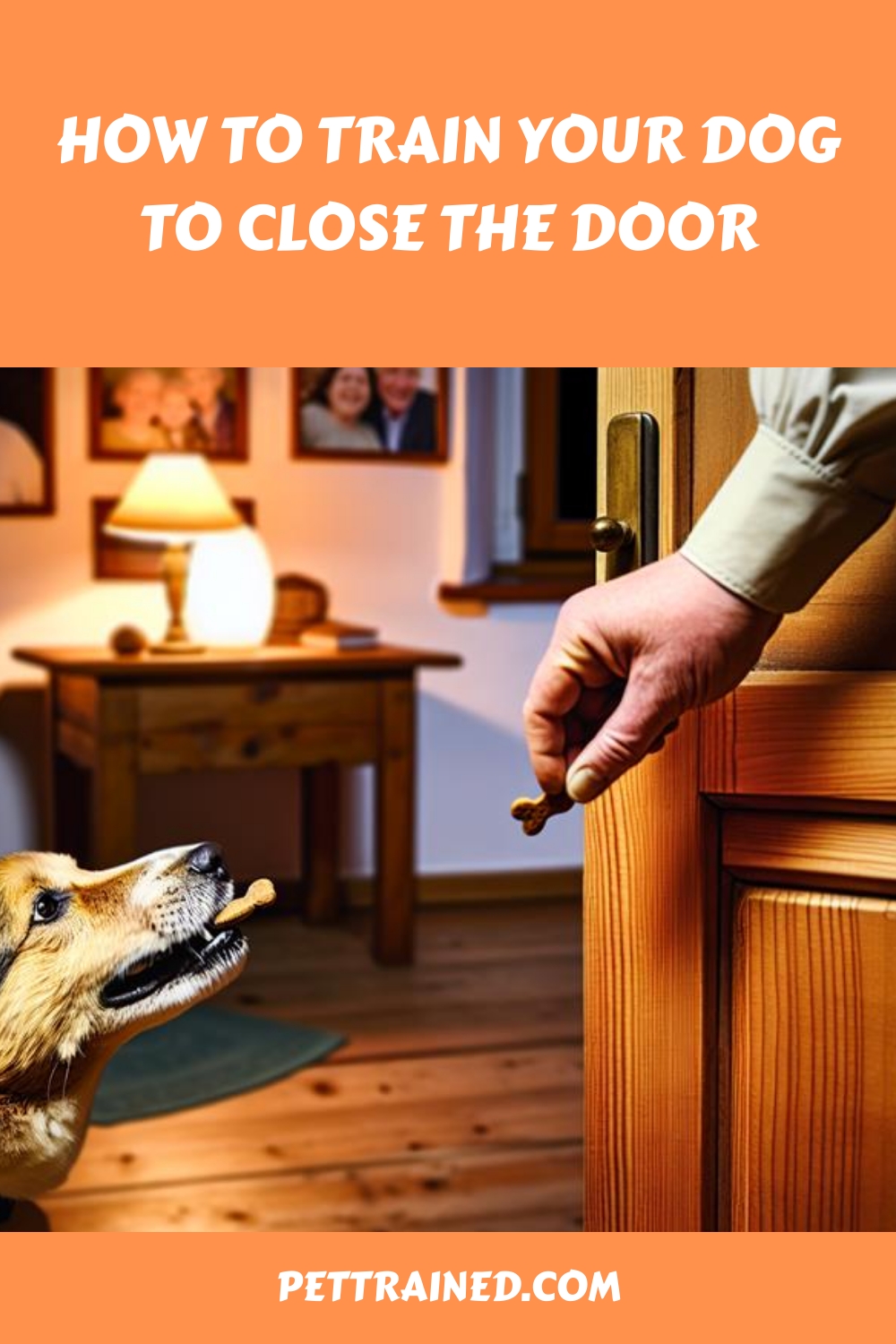To train your dog to close the door, start by teaching the ‘Touch’ command using a clicker and high-value treats. Choose a suitable door that’s not too heavy.
Place a target on the door your dog can touch. Command your dog to ‘Touch’ the target and reward them when they do.
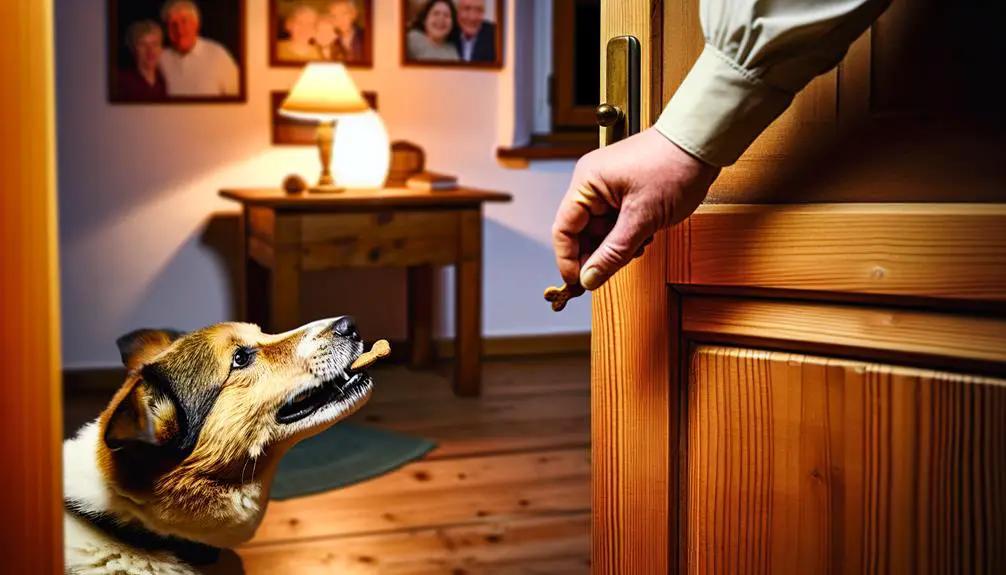
Practice with the door slightly open and gradually work towards getting it completely closed. Consistency and positive reinforcement are key.
Keep sessions short and repeat often to reinforce learning. Follow these steps to guarantee a well-behaved dog that can close doors on cue. Discover more advanced techniques as you progress.
Table of Contents
Key Takeaways
- Use a clicker and high-value treats to reinforce the ‘Touch’ command with a recognizable target on the door. Start with a partially closed door and gradually increase the difficulty as your dog progresses.
- Consistently reward your dog with treats and praise for nudging or pushing the door closed. Break training into small, manageable steps and conduct short sessions daily to maintain focus.
- Guide your dog’s nose or paw towards the door, using positive reinforcement to encourage the desired action.
Understand the Basics

Understanding the basics of dog training is fundamental before you start teaching your dog to close the door. The significance of consistency can’t be emphasized enough. Dogs thrive on routine and clear expectations.
This post contains affiliate links. However all the information provided on this site are my own honest opinions. See more in Disclaimer.
If you’re inconsistent with commands or rewards, your dog will get confused. Avoid common mistakes like changing cues or rewarding behaviors sporadically. Consistency builds a solid foundation for your training efforts.
Positive reinforcement is vital for effective training. Reward your dog with treats, praise, or play whenever they perform the desired action. This approach not only makes training enjoyable but also strengthens the bond between you and your dog.
Remember, patience is key. If your dog doesn’t get it right away, don’t show frustration. Instead, reinforce positive behavior. Troubleshooting tips can be lifesavers if you hit a snag.
If your dog seems stuck, break the task into smaller steps. For instance, reward them for touching the door first before expecting them to close it. Also, make sure the training environment is free from distractions to keep your dog focused.
Choose the Right Door
Selecting the right door is essential for effective training. Confirm the door type is suitable for your dog’s size and strength, and that it’s easily accessible during practice sessions.
This consideration will lay the foundation for successful and consistent training.
Also See:
Door Type Matters
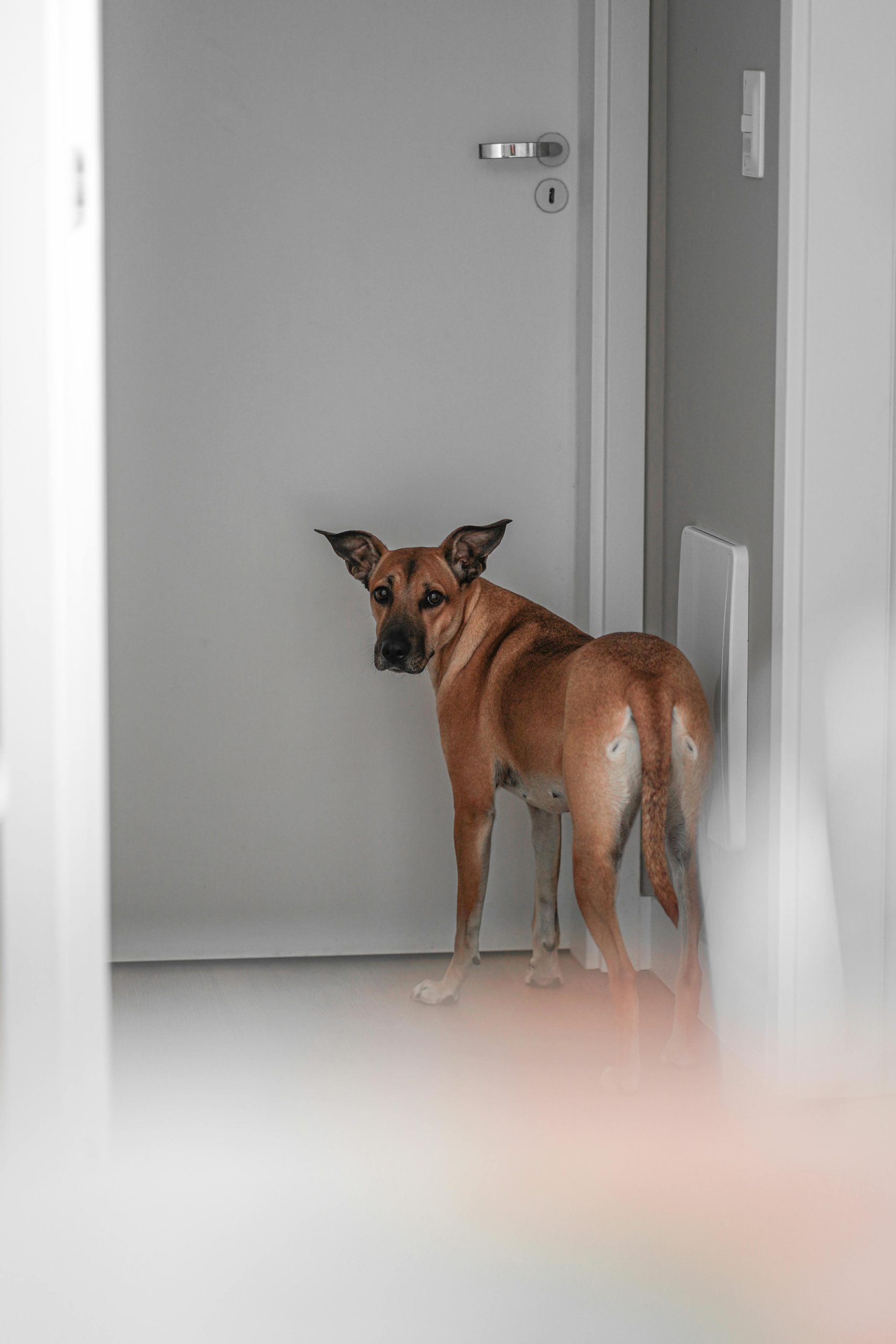
The type of door you select significantly impacts your dog’s ability to learn to close it. Consider the material of the door and how it affects your dog’s ease in pushing or pulling it. Different materials, like wood or glass, vary in weight and texture, influencing training progress positively or negatively. If your dog struggles with a heavy door, consider switching to a lighter material.
Equally important is the size of the door. A smaller door, such as a cabinet or closet door, may be more manageable for your dog, especially during initial training sessions. Evaluate how frequently you can conduct training sessions to reinforce the behavior, as consistency plays a vital role in successful training.
Here’s a quick reference guide to assist you in selecting the appropriate door:
| Door Type | Material Considerations | Training Frequency |
|---|---|---|
| Wooden Door | Heavy, sturdy | Less frequent due to weight |
| Glass Door | Fragile, slippery | Frequent, monitor closely |
| Metal Door | Heavy, durable | Less frequent, challenging |
| Cabinet Door | Light, manageable | Frequent, ideal for beginners |
Accessibility for Training
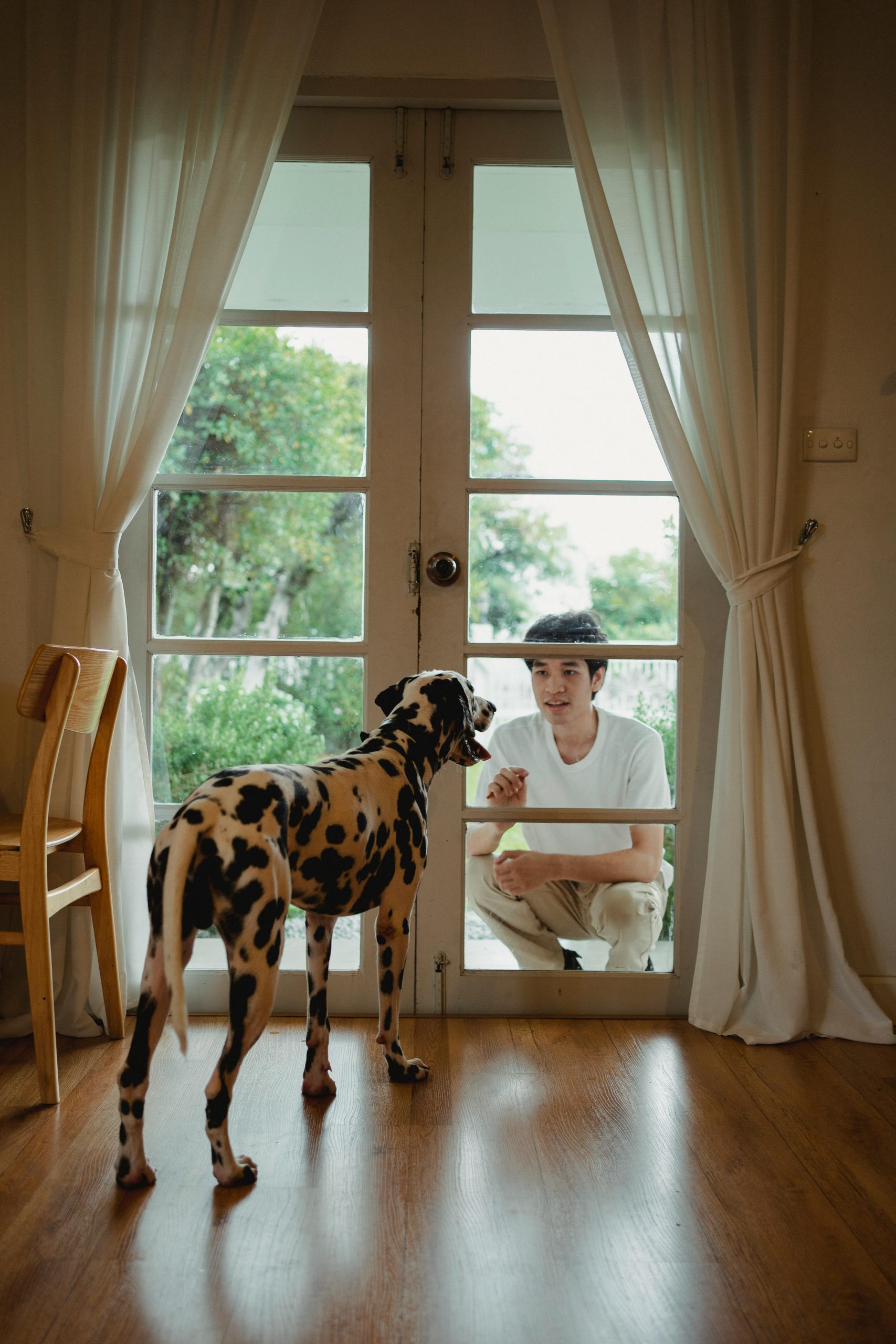
When training your dog to close the door, ensure the door is reachable and suitable for their size and strength. Choosing the right door is crucial for successful training. Opt for a lightweight, interior door that your dog can easily push with a slight nudge.
Break the task into smaller steps for effective training. Start by teaching your dog to touch the door with their paw or nose. Use positive reinforcement to encourage this behavior. Reward your dog with treats or praise each time they make contact with the door to build a strong foundation.
Consistency is key in training. Practice short, focused sessions daily and gradually increase the complexity by asking your dog to push the door further each time.
Maintain the door’s accessibility throughout training; avoid changing the door type or weight until your dog has mastered the current one.
Gather Essential Supplies
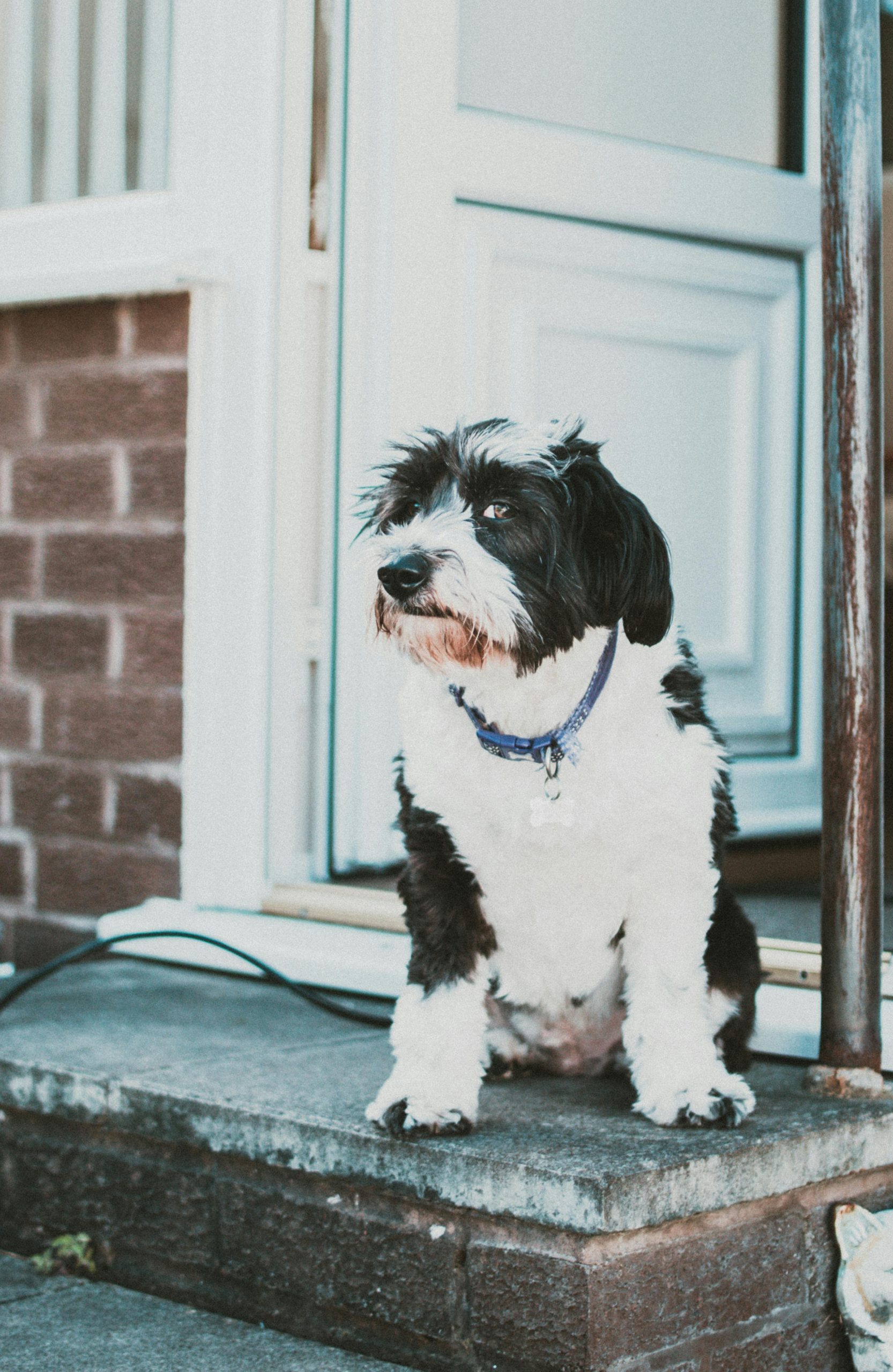
To successfully train your dog to close the door, start by gathering essential supplies like treats, a clicker, and a target stick. High-value treats are pivotal because they serve as immediate rewards, reinforcing your dog’s positive behavior. Opt for small, tasty treats that your dog loves.
A clicker is another key component. This small device emits a distinct sound, marking the exact moment your dog performs the desired action. It’s a cornerstone of an effective reward system.
A target stick is beneficial for guiding your dog towards the door. This tool helps in teaching your dog where to place its nose or paw, making the training more precise.
Additionally, consider using a treat pouch so you can dispense rewards quickly and efficiently. Establishing a consistent training schedule is equally significant. Aim for short, frequent sessions to keep your dog engaged and prevent fatigue.
Consistency in timing helps your dog understand when it’s time to train, making the process smoother.
Teach the “Touch” Command
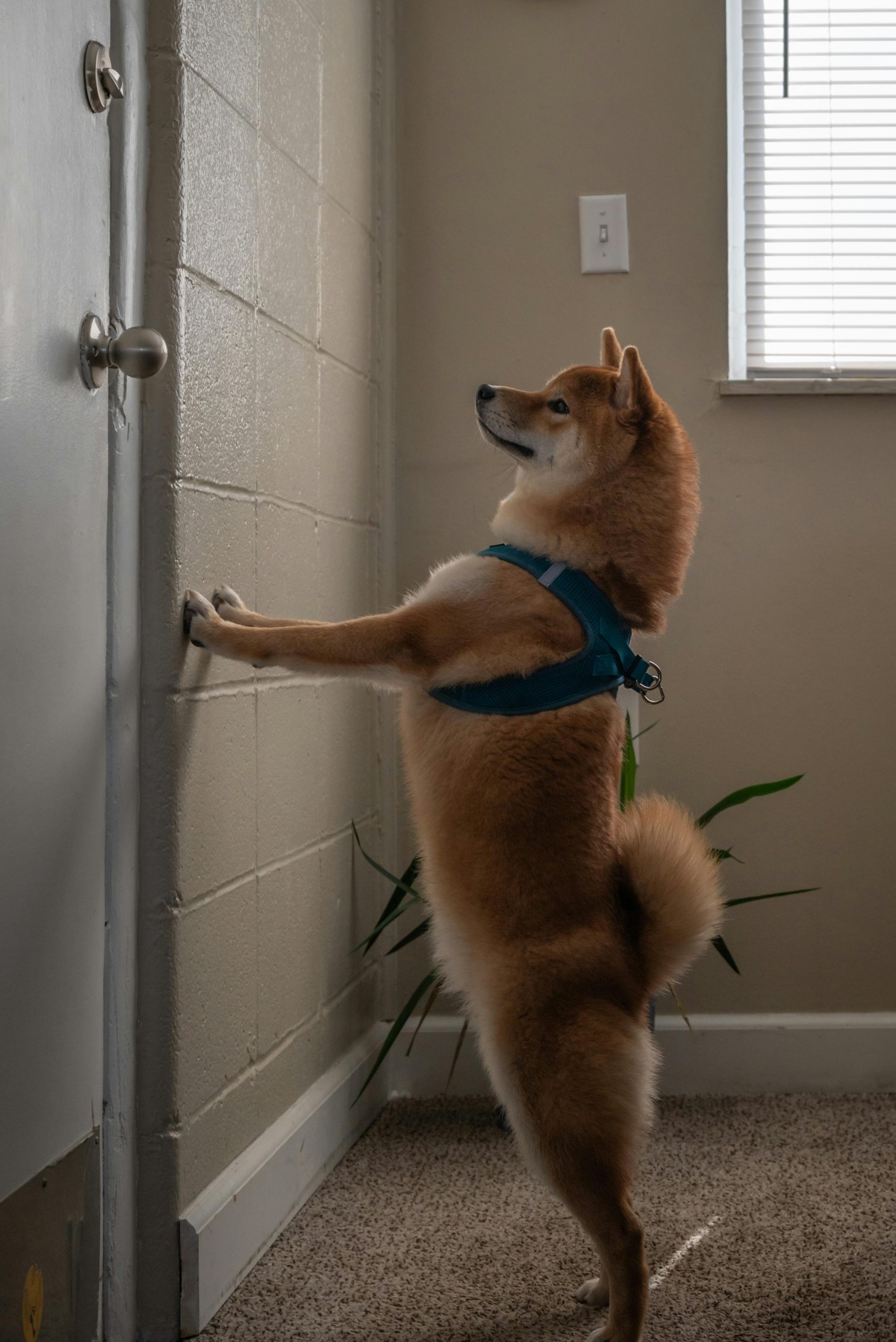
Start by teaching your dog the ‘Touch’ command, which involves having your dog make contact with a target using its nose or paw. This command is foundational for obedience training and can be the stepping stone to more advanced tricks.
Follow these precise steps to teach your dog effectively:
- Select a Target: Choose a small, easily recognizable object, such as a sticky note or a specific toy, to serve as the target.
- Introduce the Target: Hold the target near your dog’s nose. When your dog sniffs or touches it, immediately reward them with a treat and verbal praise. Repeat several times until your dog understands that touching the target earns a reward.
- Add the Command: Once your dog consistently touches the target, introduce the verbal cue ‘Touch’. Say the command just before presenting the target. Reward your dog each time they successfully touch the target upon hearing the command.
- Increase Difficulty: Gradually move the target further away or place it at different heights. This helps your dog generalize the command and improves their precision.
Introduce the Door Target
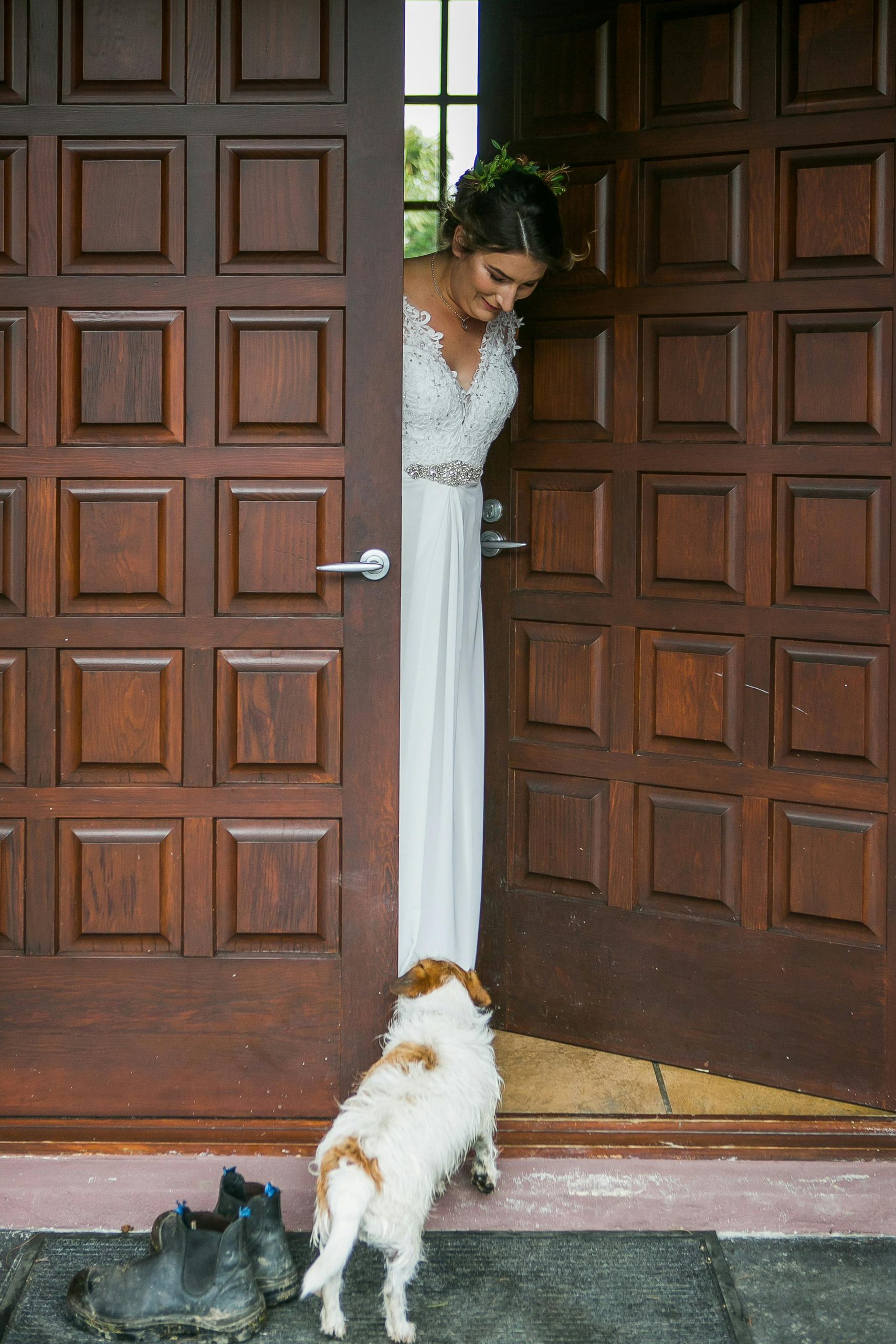
Now that your dog has mastered the ‘Touch’ command, it’s time to apply this skill to a door by placing the target on the door surface.
Start by attaching a sticky note or small piece of tape at your dog’s nose level on the door. This will serve as the target for them to touch.
Using target training, encourage your dog to touch the new target on the door. Stand close to the door and use the ‘Touch’ command, rewarding your dog with positive reinforcement such as treats or praise every time they successfully touch the target. Consistency is key to helping your dog understand that touching the target on the door is just like touching your hand.
Once your dog is reliably touching the target on the door, it’s time to introduce advanced cues.
Gradually increase the distance between you and the door, while still using the ‘Touch’ command. This teaches your dog to problem-solve and approach the door independently. Reward with positive reinforcement each time they succeed.
Practice With an Open Door

Begin by propping the door open slightly to give your dog a clear target to push. This setup allows your dog to understand the task at hand. Use consistent door handling techniques to guide them.
At this stage, consistency in training is vital. Here’s a step-by-step approach:
- Cue and Command: Use a specific verbal cue like ‘push’ or ‘close’ each time. This helps in associating the action with the command.
- Demonstrate: Gently guide your dog’s nose or paw to the door, showing them how to push it.
- Positive Reinforcement: Immediately praise and reward your dog when they make any effort to move the door. This encourages repetition.
- Increase Difficulty Gradually: Once your dog grasps the concept, gradually increase the door’s opening.
While training, it’s important to use positive reinforcement methods to build your dog’s confidence. However, you might encounter some common issues. If your dog seems confused, revisit earlier steps and make sure you’re consistent with your commands and rewards. Troubleshooting common issues early prevents bad habits from forming.
Practice in short, frequent sessions to keep your dog engaged. By following these precise steps, you’ll effectively teach your dog to close the door.
Trending in Dogs:
Reinforce With Rewards
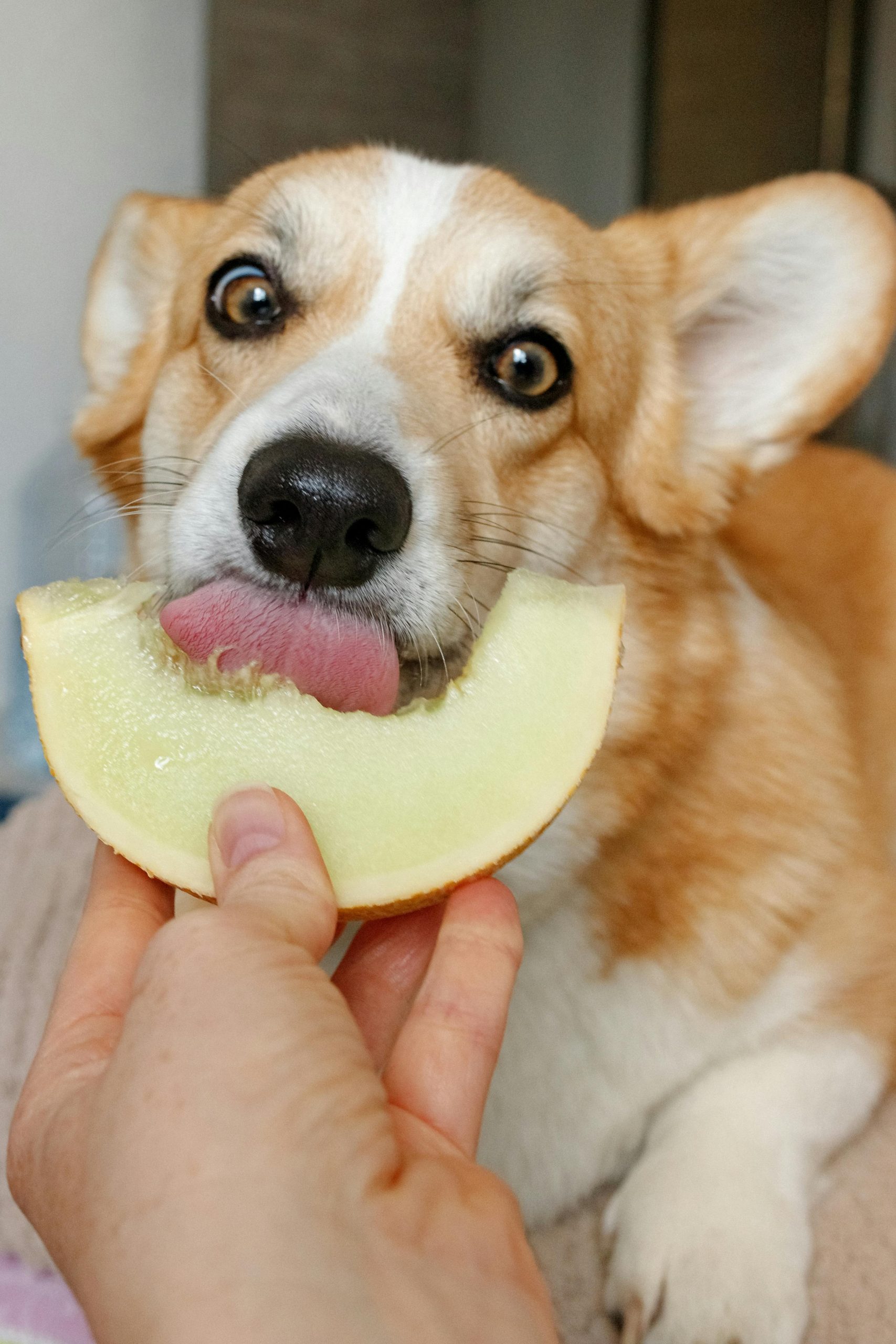
Building on the foundation of regular practice, reinforcing with rewards guarantees your dog remains motivated and enthusiastic to close the door.
Use clicker training to mark the precise moment your dog performs the desired action. The clicker serves as a clear, immediate signal that they’ve done the right thing.
Follow this with positive reinforcement, such as a treat or verbal praise, to strengthen the behavior.
Consistency is vital. Each time your dog nudges the door, use the clicker and reward promptly. This helps them understand the connection between the action and the reward.
Patience is equally important. Some dogs might grasp the concept quickly, while others may take a bit longer. Don’t rush the process.
Always make sure rewards are enticing enough to keep your dog engaged. High-value treats or their favorite toy can be used as positive reinforcement.
Gradually, as the behavior becomes more reliable, you can start to phase out the clicker and treats, substituting them with verbal praise and affection.
Gradually Close the Door

As your dog becomes more comfortable with nudging the door, start gradually closing it to increase the challenge. This progression will help your dog to understand that the door needs to be fully closed.
Here’s a step-by-step guide to guarantee successful training:
- Partially Close the Door: Begin by closing the door halfway. Encourage your dog to nudge it with their nose or paw. Using treats, reward each successful attempt with praise and a treat.
- Increase the Difficulty: Gradually close the door more each time. Move from halfway to three-quarters closed, then to almost fully closed. Continue using treats and positive reinforcement to encourage your dog.
- Full Closure: When your dog can consistently push the nearly closed door, it’s time to try closing it completely. Stand nearby and prompt your dog to close the door fully. Reward them immediately with a treat and lots of praise.
- Repetition and Consistency: Practice regularly to reinforce the behavior. Use the same command and reward system every time. Consistency guarantees your dog understands what’s expected and becomes more proficient.
Frequently Asked Questions
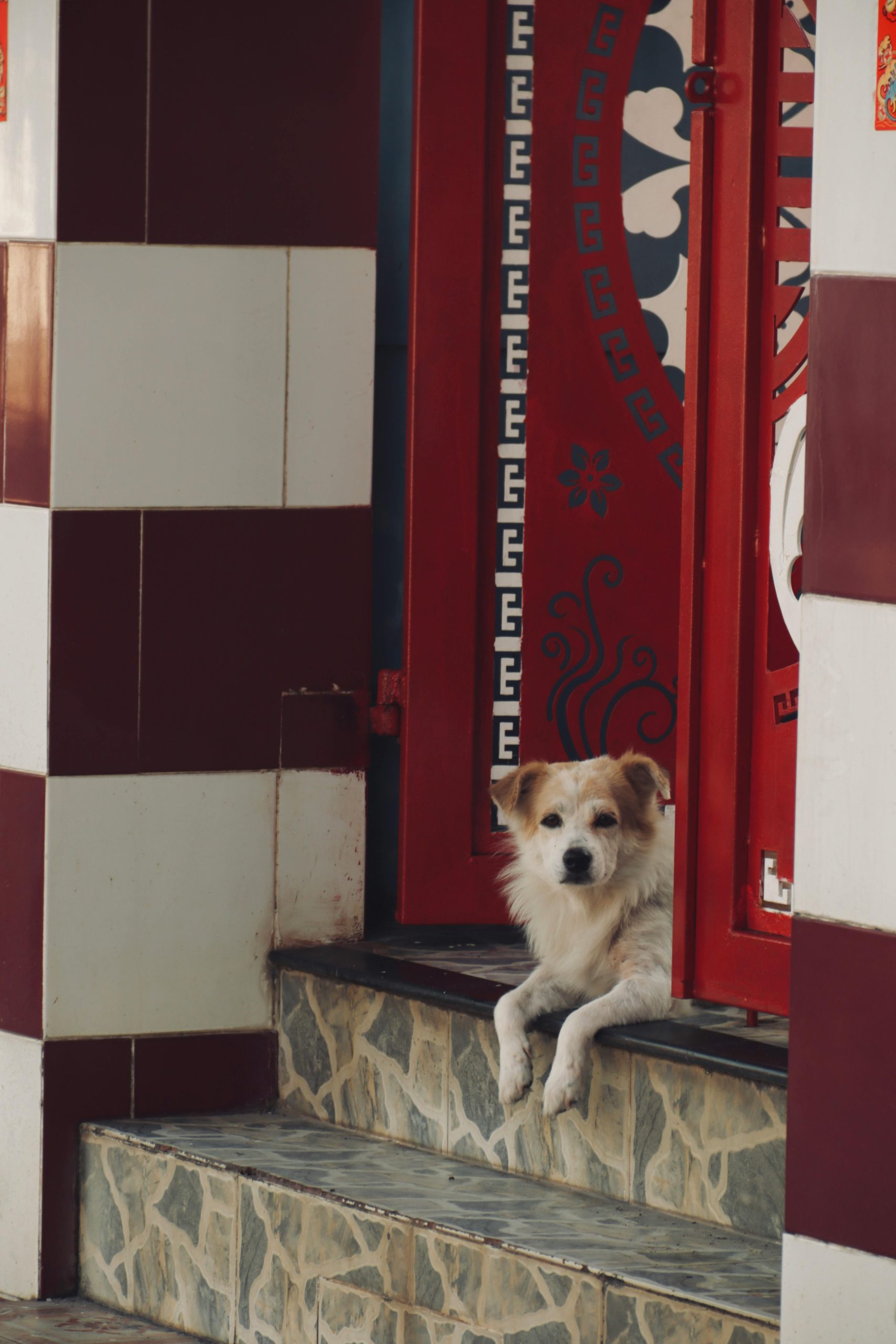
How Long Does It Typically Take to Train a Dog to Close a Door?
It typically takes 2-4 weeks to train your dog, depending on their learning speed and consistency in practice.
You’ll encounter common challenges like distractions and fear.
Celebrate small training milestones to keep both you and your dog motivated.
Can Any Dog Breed Learn to Close a Door?
Yes, any dog breed can learn to close a door. However, some breeds may have limitations that can be overcome with effective training techniques. Your patience and consistency are key in adapting methods to suit your dog’s unique needs.
What Should I Do if My Dog Gets Frustrated During Training?
Think of training as a marathon, not a sprint. If your dog gets frustrated, focus on managing frustration with positive reinforcement.
Take breaks during training and redirect their energy to something enjoyable. This guarantees effective learning.
How Do I Maintain This Skill Over Time?
To maintain this skill over time, use reinforcement techniques like treats or praise. Maintain consistency in training by practicing regularly.
Keep sessions short and positive, and periodically revisit the skill to reinforce your dog’s learning.
Are There Alternative Methods for Training a Dog to Close a Door?
Let’s cut to the chase: yes, there are alternatives! Using treats and positive reinforcement, you can train your dog to close the door.
Try clicker training or lure them with a treat to encourage the behavior.
Conclusion
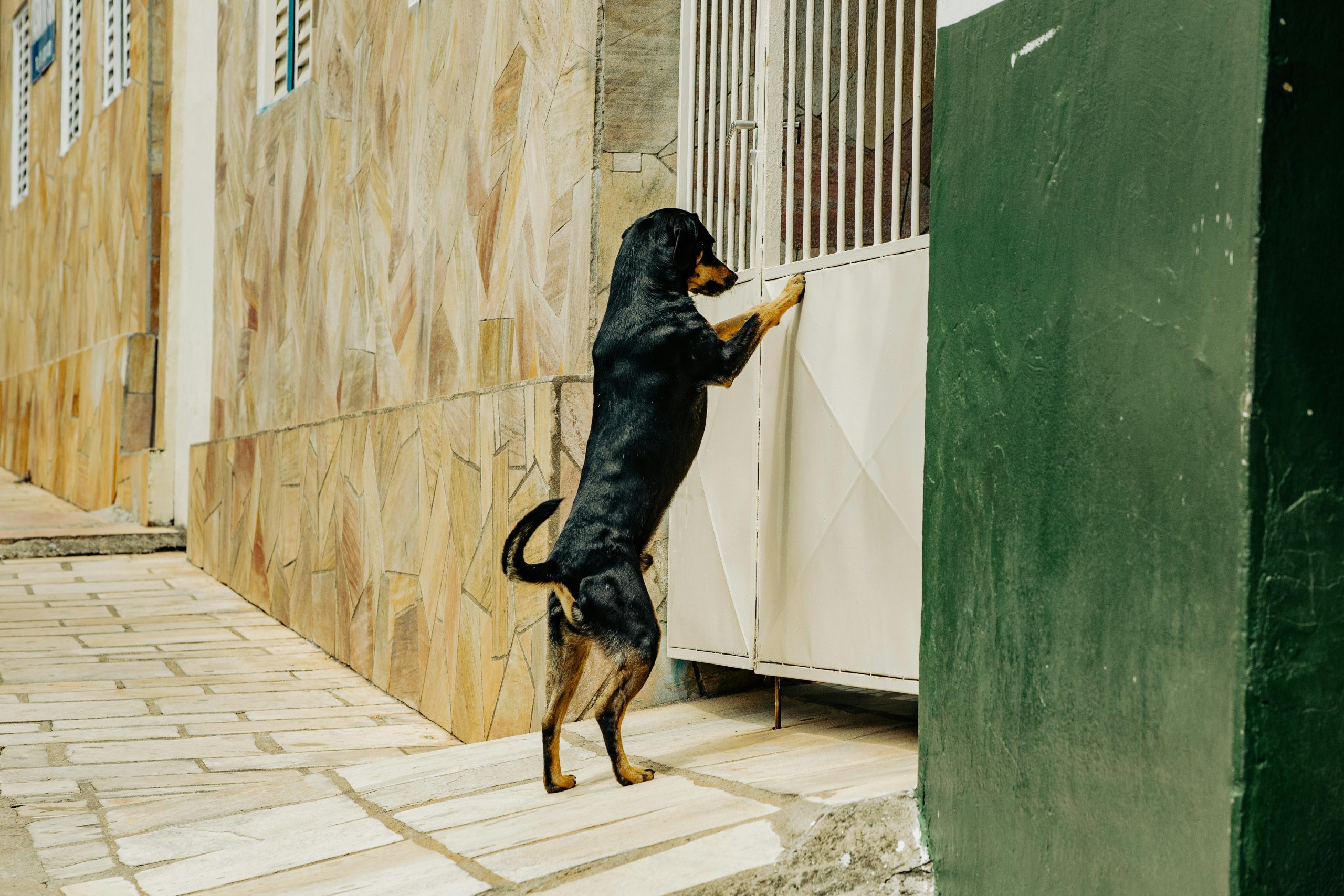
You’ve just discovered the secret to turning your dog into a door-closing wizard!
With patience and practice, your furry friend will soon be closing doors like a pro.
Remember, consistency is key, and don’t forget to lavish your pup with praise and rewards.
By following these steps, you and your dog will achieve feats that seem almost magical.
So, get started today and watch your dog master this impressive trick with precision and confidence!
